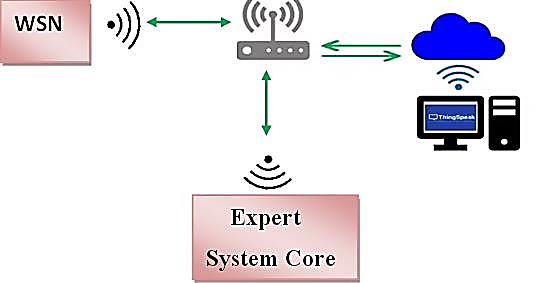Design of a comprehensively integrated wireless sensor network web-based expert system architecture
Keywords:
Early warning System, Flood monitoring, Real-time alert, Web-based platform and Wireless Sensor NetworkAbstract
Flooding is a significant natural disaster that causes widespread damage to infrastructure, the environment, and human lives. It is crucial to implement effective early warning systems that allow for timely responses. This project presents a novel system architecture that collects and analyzes environmental data critical to flood prediction such as rainfall, river water levels, temperature, humidity, and atmospheric pressure. The system integrates WSN technology using the weather station method, a web-based expert system for data analysis and flood prediction, and a robust notification system that delivers flood alerts via SMS, audio alarms, and visual indicators. Three water level thresholds were defined in this project; normal range above 28.59cm, warning range between 28.58cm and 23.50cm critical range below 17.89cm. On the 3rd August 2023 at 14:26pm, a critical range of 17.80cm was observed, immediately this threshold was met, the alarm and visual light notifications were turned on to alert residents of a likely flood event, an SMS was sent to the predefined registered number on the network and this was received by 14:28pm. The findings validate the reliability of the system in providing timely notifications, enabling proactive flood management. This work highlights the importance of deploying adaptive sensor-based technologies in flood-prone regions for enhanced disaster mitigation


